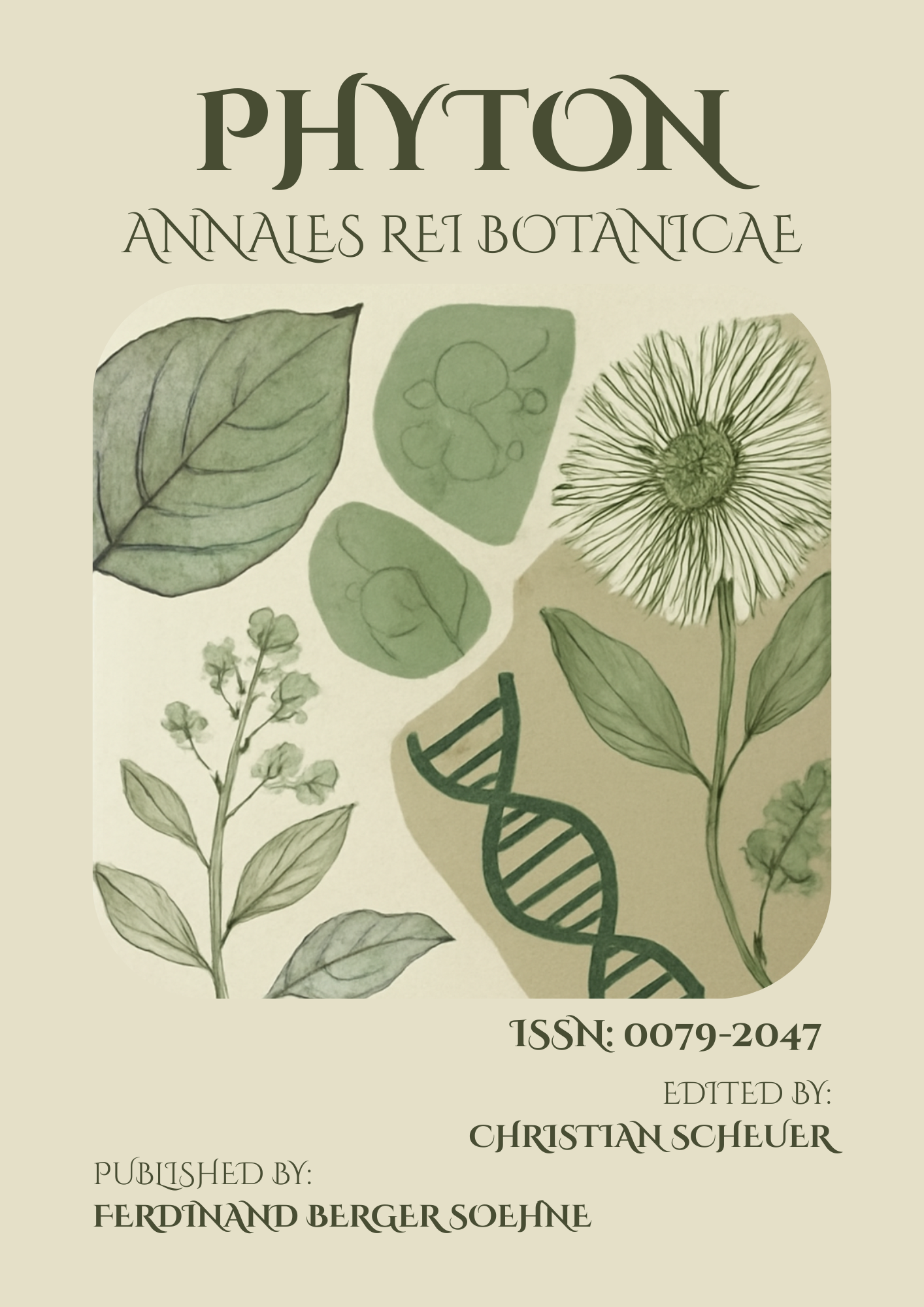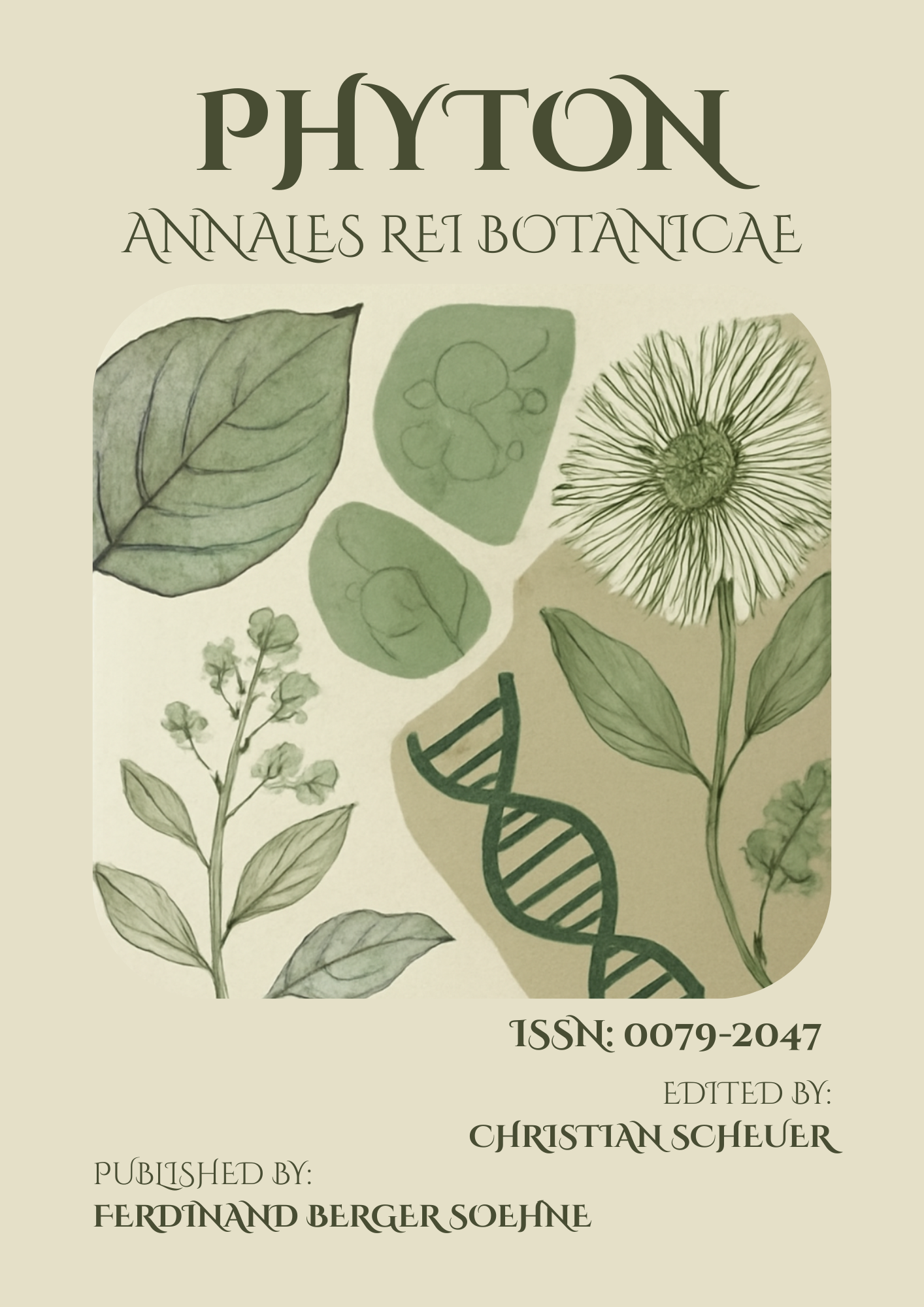Vaccine Development in the Era of Emerging Infectious Diseases
DOI:
https://doi.org/10.64526/phyton-annales.v65i1.105Keywords:
Vaccine development, emerging infectious diseases, mRNA vaccines, viral vector vaccines, DNA vaccinesAbstract
The world needs vaccine development methodologies that can respond quickly, adapt, and be effective because of the introduction and re-emergence of infectious illnesses including monkeypox, COVID-19, Zika, and Ebola. Although conventional vaccination platforms have been effective in the past, their complicated production processes and lengthy research schedules make them useless in the face of rapid epidemics. Novel platforms like messenger RNA (mRNA) vaccines, viral vectors, protein subunit vaccines, and DNA-based technologies have emerged as a result of developments in immunology, molecular biology, and genomics; these platforms provide unparalleled flexibility, scalability, and speed. The rapid emergency use permission of mRNA and adenoviral vector vaccines during the COVID-19 pandemic was a prime example of this change, showing how next-generation platforms have the ability to revolutionize pandemic preparedness. Vaccine research has progressed beyond technological innovation and now incorporates computational modeling, artificial intelligence, and systems biology to expedite preclinical testing, enhance immune responses, and forecast antigenic targets. Nevertheless, there are still major obstacles to overcome, such as uneven vaccine access, distribution logistics, cold-chain regulations, safety monitoring, and the appearance of variations that can reduce vaccine effectiveness.
Downloads
Published
How to Cite
Issue
Section
License
Copyright (c) 2025 PHYTON-ANNALES REI BOTANICAE

This work is licensed under a Creative Commons Attribution-NonCommercial-ShareAlike 4.0 International License.
This article is published under the terms of the Creative Commons Attribution-NonCommercial-ShareAlike 4.0 International License (CC BY-NC-SA 4.0). Readers may share and adapt the material for non-commercial purposes, provided appropriate credit is given and adaptations are shared under the same license.



